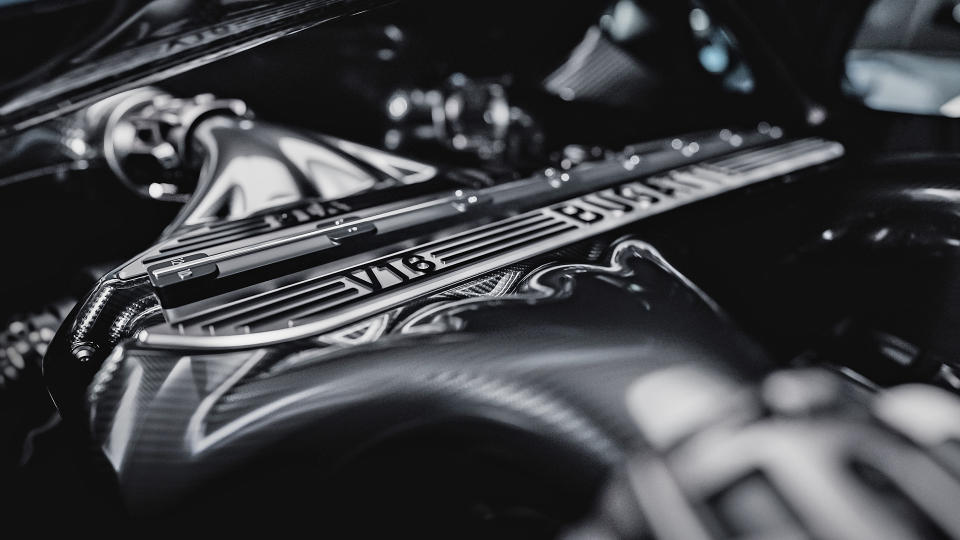“When I came in, I think that a lot of people were scared that the [next Bugatti] would be electric or that it would be digitalized. It’s quite the opposite,” Bugatti CEO Mate Rimac said with a smile.
Unveiled in Molsheim, France at the company’s historic headquarters last month, the new Bugatti Tourbillon takes the torch from the Chiron with an 1,800-horsepower plug-in hybrid system built around an 8.3-liter V16. While it looks like the logical next step for the brand, the new Bugatti could have been a totally different car without sixteen cylinders to its name.
“We were thinking about whether to make a luxury car. Any type of option was on the table,” Rimac said. Bugatti could have veered toward luxury-car territory without straying far from its heritage. Today it’s primarily known for building speed record-breaking cars with four-digit horsepower figures, but its resume of historic models includes a 252-inch-long, 12.8-liter straight-eight-powered limousine named Type 41 that made a Rolls-Royce look like a Model T when it broke cover in 1926.
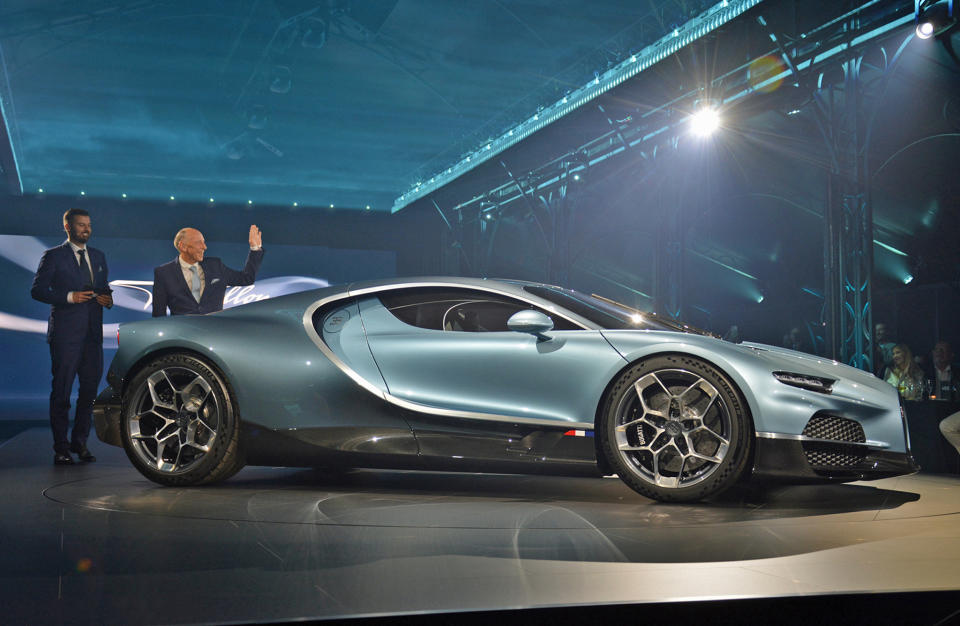

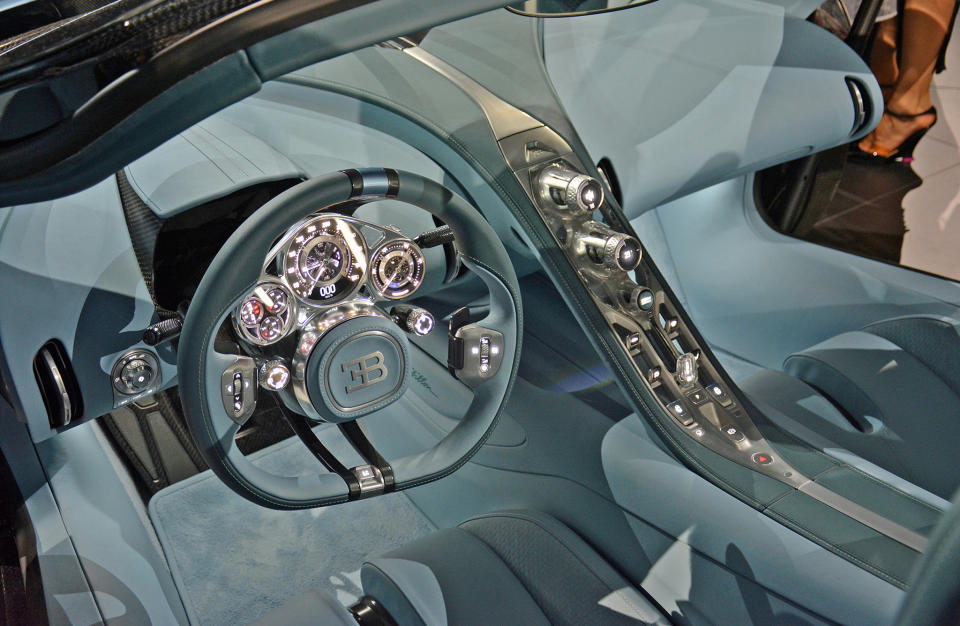

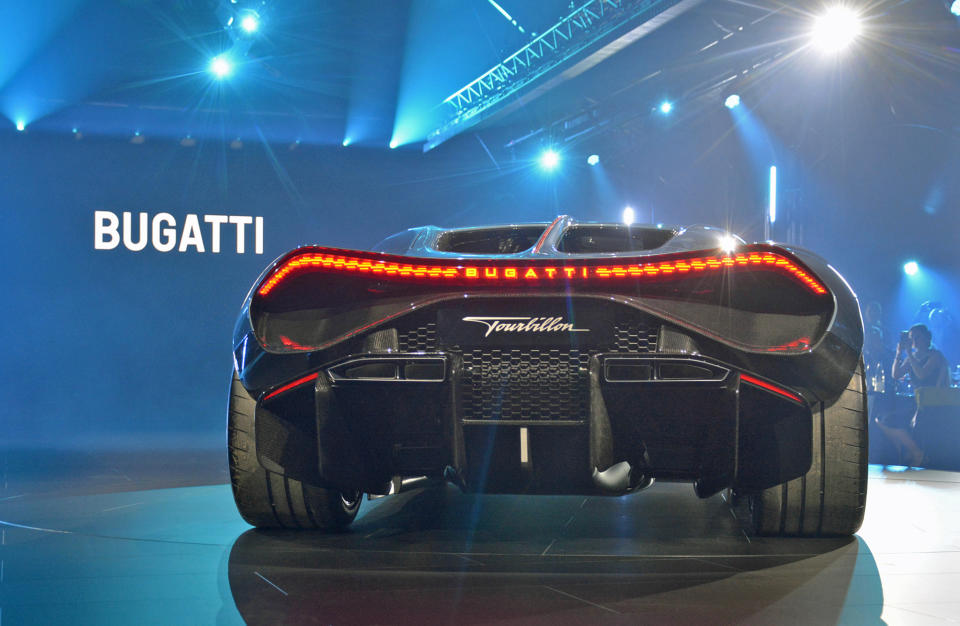

Executives ultimately decided to extend the brand’s hypercar lineage by developing a successor to the Chiron. “Bugatti is about pushing boundaries so it has to have a hypercar,” Rimac reasoned.
The next point his team needed to address was the powertrain. Here again, the company had several choices: electric, hybrid, and non-electrified. Rimac’s expertise lies in batteries and motors, not complicated valvetrains and pistons, so many fearfully assumed that whatever came after the Chiron would be electric. The Volkswagen Group, which resurrected Bugatti over 20 years ago before Rimac assumed control in a joint venture formed in 2021, threw gasoline on the bonfire by pushing for a battery-powered model.
“We had two easy options. We had the Nevera, which is a 2,000-horsepower EV with all-wheel-drive that goes 400 kilometers per hour. On paper, it sounds like a Bugatti. On the other side, we have the Chiron with a combustion engine. We could have started from those two cars. The obvious thing was to start from the Nevera and make an electric Bugatti by putting a different skin on it,” he said.
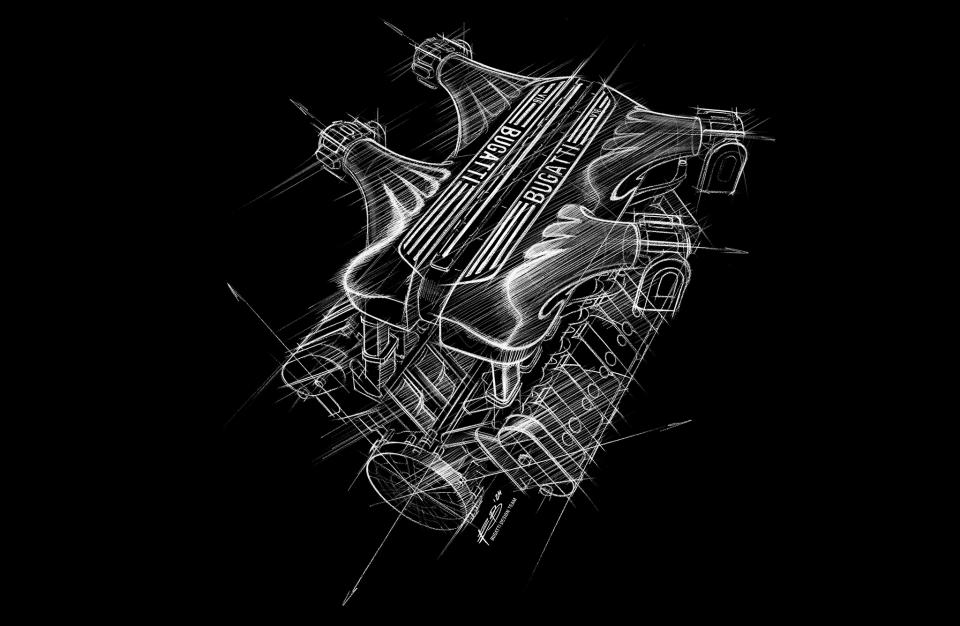

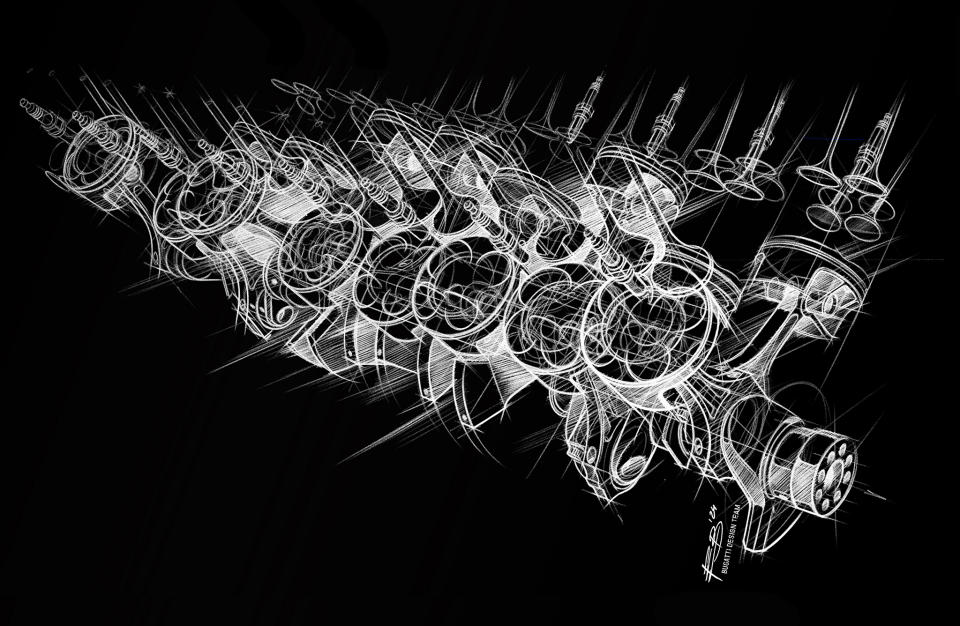

That would have been the easiest and cheapest way to open a new chapter in the history of Bugatti. The puzzle pieces were all there: the drivetrain, the platform, and the electronic architecture have already been developed, tested, and homologated. Rimac could have saved millions by giving…
Click Here to Read the Full Original Article at Yahoo News – Latest News & Headlines…

